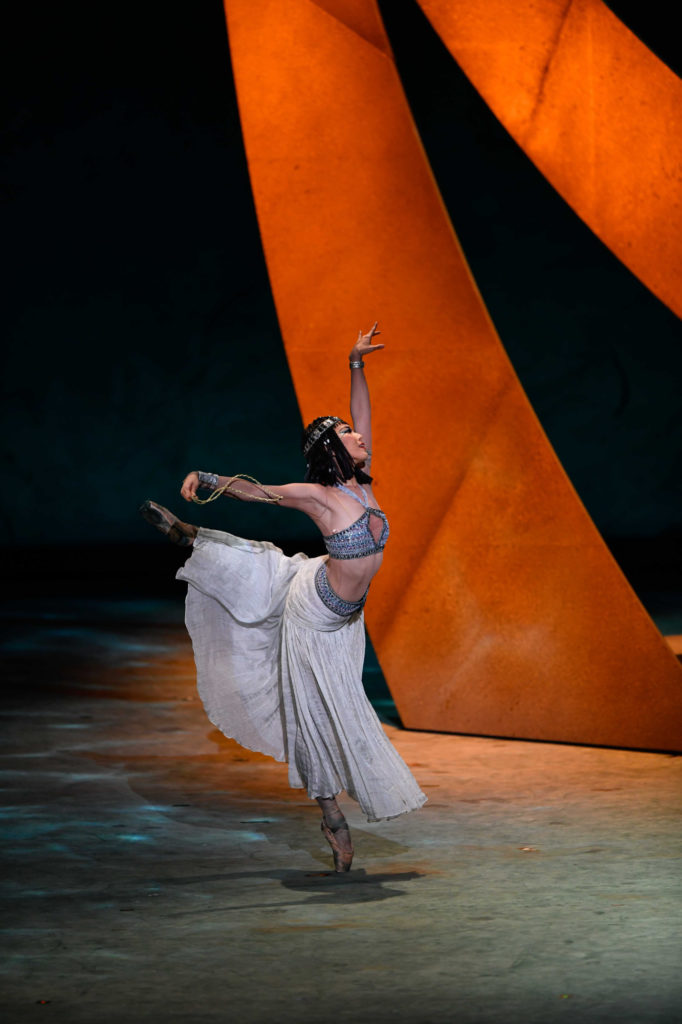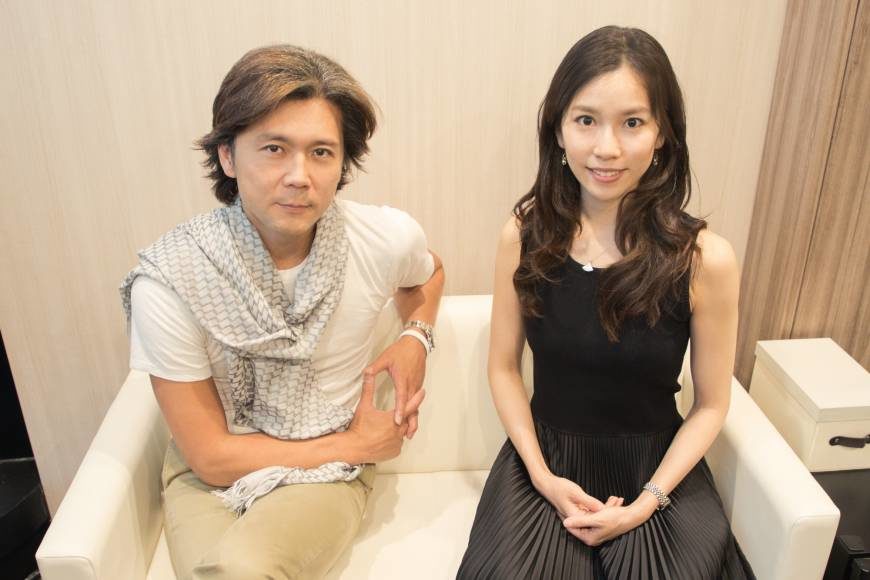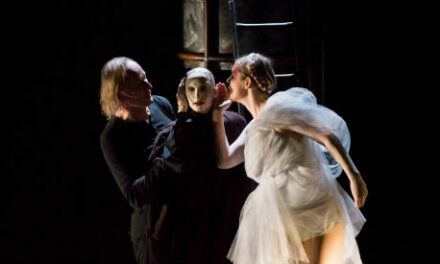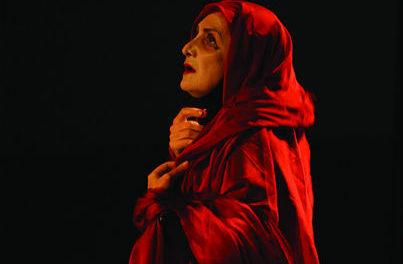Tetsuya Kumakawa speaks about his most recent project, Cleopatra, in a way that’s as grand as the Egyptian queen herself.
“Nobody except me could have created this fantastic work,” he tells The Japan Times. “I hope it remains a ballet classic for hundreds of years, as I’m sure it will.”
The 46-year-old founder of Japan’s K-Ballet company and current artistic director of Tokyo’s Bunkamura Orchard Hall says he was inspired to embark on this challenge by the tumultuous life of Cleopatra herself. Indeed, as the lover of both Julius Caesar and his top general before her broken-hearted suicide at age 39 in 30 B.C., it’s like her story was made for the ballet.
The large-scale, two-act piece was created and directed by Kumakawa with his own scenario and choreography, to the music of Danish composer Carl Nielsen arranged by K-Ballet associate Katsuhiro Ida. It also benefits from magnificent sets by the award-winning U.S. designer Daniel Ostling, including two massive flights of stone steps, a hanging curtain bearing a portrait of Caesar and deep-blue flooring for the sea between Egypt and Rome.
Cleopatra wowed critics and audiences alike following its premiere in Tokyo in October and snagged a special prize at the annual Mainichi Art Awards. Because of that reaction—and huge word-of-mouth demand—K-Ballet decided to run the program again sooner than usual, though Kumakawa said he never doubted the ballet would be a success.
“I am proud my company has enough artistic drive to take such a huge risk, and also to spend the money that’s needed for a new program on this scale,” he says. “It’s not just new choreography, it’s a whole new work…and I wonder how many private ballet companies would be able to do this?…Maybe none in Japan.”
A former principal dancer with the Royal Ballet in London, the Hokkaido native says that when he returned to Japan to establish K-Ballet in 1999, fans of top-class dance mainly relied on overseas companies touring here with classic works. Therefore, Kumakawa quickly realized that it would be essential to enrich K-Ballet’s repertoire with new creations to ensure its survival. Otherwise, he says, they might have ended up merely recycling the same 19th- and 20th-century classics—of which there aren’t many anyway.
Despite this Kumakawa declares, somewhat surprisingly, that he “honestly doesn’t care about the long-term continuation of K-Ballet, which is just a private enterprise.”
“It’s more important to ensure the New National Theatre Ballet is a main part of Japanese ballet culture,” he adds, “and I hope our influence encourages it to attain a higher level under a passionate leader.
“However, I sincerely hope my programs, such as 2014’s Carmen and this Cleopatra, are still performed in hundreds of years.”
For now, audiences can enjoy the reprise of last October’s Cleopatra, complete with much of the same cast from the initial run. Sharing the title role again—both in sheer little dresses designed by Ayako Maeda—are Shoko Nakamura, a K-Ballet principal who previously held that same position at the Berlin State and Hungarian National ballets, and Shiori Asakawa, a K-Ballet principal who is set to retire at yearend due to a hip injury she received in 2012.
“I heard many audience members say they’d never seen ballet like that before,” says Asakawa, 33, when asked about the reception to her performance. “In my 15 years with K-Ballet, Cleopatra has produced by far the most excited response.
“Actually, I never encountered such choreography before, and from the start it was a continuous challenge as we tried new things every day.”
Asakawa says Kumakawa told her and Nakamura that he didn’t want them to make the usual beautiful movements required of ballerinas—prompting Kumakawa to explain:
“I felt Cleopatra wasn’t a typically pure princess, but she was more ambitious and eager to wield power. So I asked them to show her real purpose and her calculating attitude toward men.”
As a result, his passionate heroine often uses seductive gestures, entwines on the floor with her lovers and strikes unabashed poses.
Yet for Asakawa, the most interesting aspect of bringing Cleopatra to life was building up a character for whom there is no precedent in any other ballet.
“The hardest part is making her credible because audiences see a cruel tactician in the first act and then a woman in love in the second—and I have to meld those into one believable character,” she says.
Interestingly, Kumakawa points out that Asakawa’s and Nakamura’s Cleopatras are so different. While Nakamura focuses on the cool beauty she possesses as a strong politician, he says Asakawa portrays a more emotional and feminine queen. Of course, he recommends seeing the ballet twice to fully experience the performance.
As for her upcoming retirement after K-Ballet’s production of Romeo and Juliet in November, Asakawa approaches it with pragmatism.
“Until my injury I never had a moment to stand still because I was working so furiously. Then I looked around for the first time and realized I was missing many things—for example, the changes in the seasons,” she says with a laugh. “Also, I realized that that last day comes for every dancer, no matter how much they want to continue.”

Hail to the queen: Shiori Asakawa dances as the titular Egyptian queen during an October performance of Cleopatra. | © HIdemi Seto
Cleopatra runs June 8 and 9 at Tokyo Bunka Kaikan, and June 16 and 17 at Bunkamura Orchard Hall in Shibuya Ward. For more details, call Ticket Space at 03-3234-9999 or visit www.k-ballet.co.jp.
This article was originally published in Japan Times on June 6, 2018, and has been reposted with permission.
This post was written by the author in their personal capacity.The opinions expressed in this article are the author’s own and do not reflect the view of The Theatre Times, their staff or collaborators.
This post was written by Nobuko Tanaka.
The views expressed here belong to the author and do not necessarily reflect our views and opinions.


















